Phones, laptops, modern cars and even some appliances these days all have one thing in common; they can connect to the internet. So why is it that, in 2022, cameras costing between $2,000 and $6000 — and in some cases even more — still cannot do the same?
For many years now, I have been wondering why the powers that be at Canon, Nikon, Fujifilm, Sony and others are refusing to get on the internet of things train when it is the way to go. We live in a world where connected devices make our lives easier. However, the cameras we use today still lack this essential feature.
It’s clear that the pros of connected cameras far outweigh the cons. Unfortunately, while some companies have released cameras offering tech that gives us a glimpse of the future, it’s certainly not the norm.
Exceptions to the rule
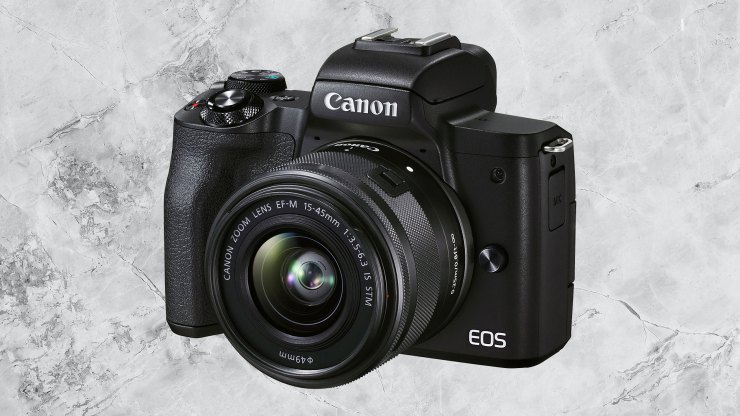
It boggles my mind that camera manufacturers will innovate to the point that they can create autofocus systems that respond 0.1 seconds faster than their rivals. Still, they refuse to innovate in areas that will help photographers be more productive.
Most cameras can be used as a network point to transfer images from the camera to a mobile device. In addition, Bluetooth allows cameras to function via smartphones and tablets. Still, this is not the same as having a connected device that communicates with the broader internet. Of course, some cameras offer features such as livestreaming vis Wi-Fi (Panasonic GH5 II, Canon EOS M50 II) and internet connectivity over Wi-Fi (Zeiss’ ZX1). Still, these cameras are the exception, not the rule.
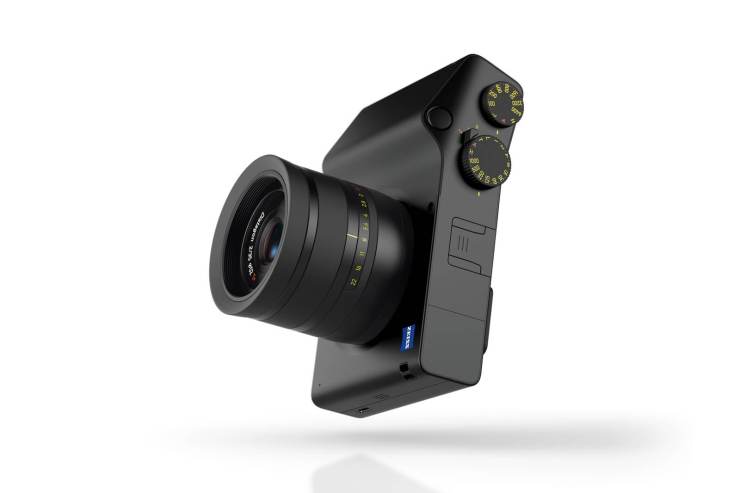
I can think of many ways that connected cameras could help creators out more than a few more pixels in a sensor could. Yes, cameras will likely cost a little more to have 5G and, in the future, 6G chipsets embedded in them. However, the convenience would be worth it.
Yes, you’ll likely need to subscribe to a data plan if you want to use a cellular connection. Beyond that, having an actual Wi-Fi chipset in cameras that will allow you to access the net when connected to a hotspot would help immensely. At this point, we need to ask why cameras that cost so much lack such basic abilities. Below, I will list five ways that we could benefit from having internet of things cameras.
Cloud services for instant file transfer and storage

Being able to upload your images to the cloud automatically straight from your camera is not new. In 2020, Canon introduced Image. Canon, a feature that allowed you to do just that. However, at this point, this is a service that is limited to just one camera, the Canon EOS R5. The service allows you to upload your images to the cloud from the camera, and you can store them and forward them directly to Lightroom, Flickr, Google Drive and other software. It’s a fantastic idea.
I’m sure many photographers would happily pay a reasonable fee for a plan that would give enough cloud storage to upload images instantly from our cameras to the cloud automatically. A service like this would eliminate taking this step when we get back to our homes or studios. What could be better than getting back from a long shoot knowing that your images are secure in the cloud and are ready to be edited straight away? The time savings would be immense.
Sharing images with social media, clients and work instantly
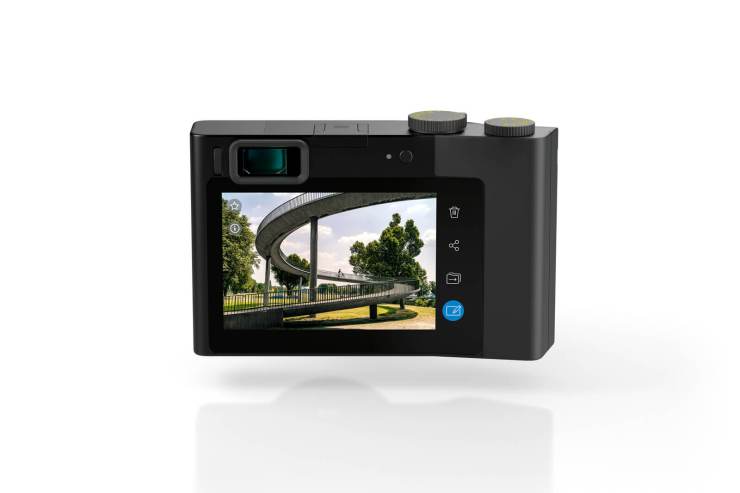
With connected internet of things cameras, we would be able to skip the middleman — your smartphone — and get images straight to social sites. You’d be able to use the touchscreen on your camera to edit, write captions and share. Implementing this idea seems like a no-brainer to me. Most photographers live and die by social media. As mentioned above, the Zeiss ZX1 has this functionality.
Aside from social networks, the implementation of wireless connectivity in cameras would enable photojournalists and sports photographers to capture and send their images to work desks and editors immediately without any fuss. Have you seen the wired LAN settings found in Sony cameras to enable transfer via Ethernet? Ouch.
Being connected to the net via 5G would allow instant image transfers. The ability to do this would mean publications could get images ready for breaking news that much faster. It would also allow us to share pictures with clients instantly for remote approval.
Run cloud-based AI and overlays from apps like Stellarium in camera
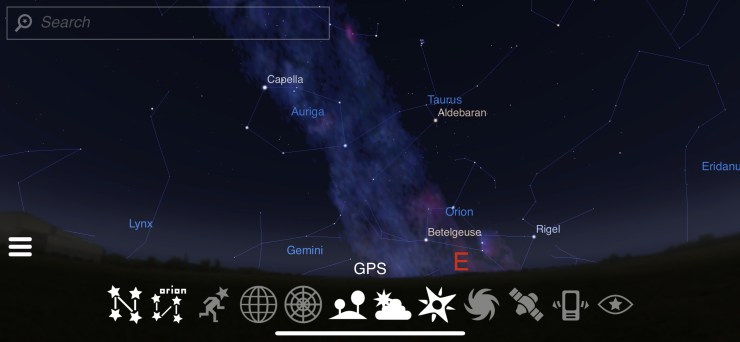
As a landscape photographer, I use apps like The Photographers Ephemeris, Stellarium and Photopills to research and plan trips to locations. They let me see the lay of the land and allow me to use augmented reality to see where the light or even the Milky Way will fall in my planned scene. They’re fantastic apps for phones.
How amazing would it be to have functionality like this built directly into your camera? A camera with GPS or GLONASS, an always-on internet connection and the ability to run apps from within the camera. Sign me up. Imagine pulling up web/cloud-powered AI that can introduce overlays in your EVF or on the LCD screen that will help you create perfect images in-camera. That would be innovation.
Wireless communications with the internet of things
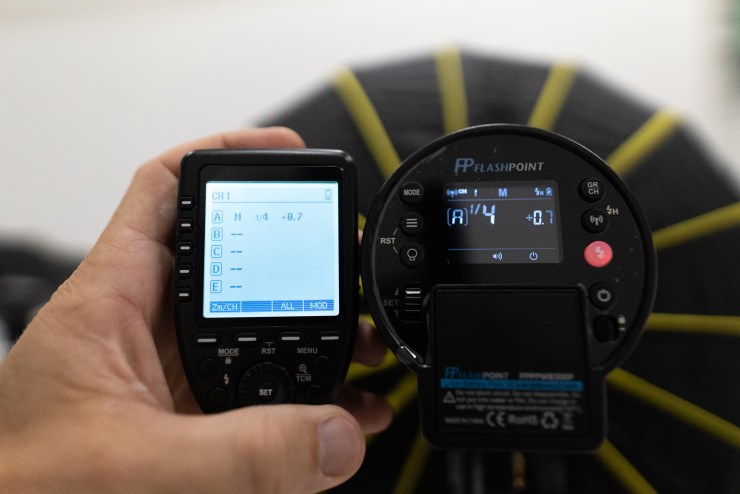
This one will be a stretch. Let’s face it, camera and accessory manufacturers will never adopt standards for communications that will make our lives easier. There’s too much money to be made in proprietary connections and accessories. Still, I like to dream.
I can imagine a world where accessories like strobes adopt 5G along with cameras to become internet of things devices. Having communication capabilities built into accessories that would allow us to forego a bag full of adapters sounds terrific.
Picture it. You’re on set and you need to use lights. You fire up your strobe, and without any adapters, your camera and strobe create a secure connection. Your camera can feed all of your settings information wirelessly to your strobes. The strobes, in turn, will be able to automatically configure themselves for the environmental data and style of shot you tell it you want to create. Also, imagine wirelessly beaming images to a computer for instant editing without using tethering cables or any adapters. It sounds like bliss to me.
The internet of things and livestreaming
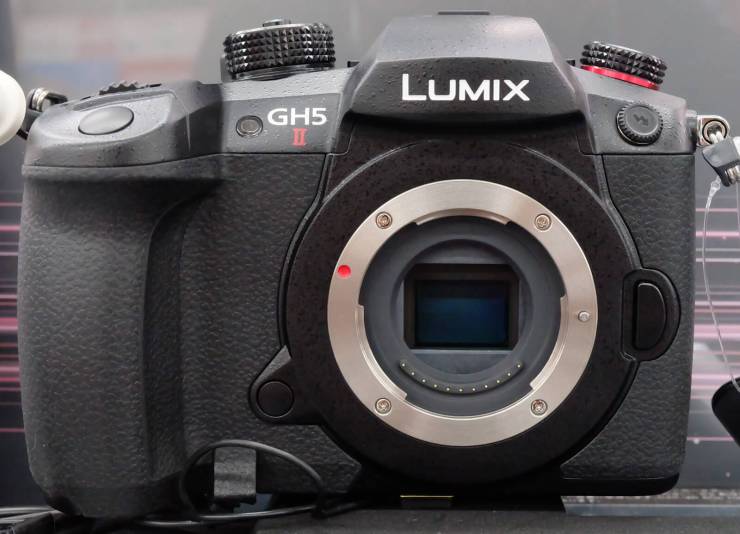
As mentioned above, we have been treated to a few cameras that feature livestreaming capabilities when connected to Wi-Fi. That’s a great first step, but it would be much more convenient to be able to use 5G. Many photographers probably don’t see the point in capabilities like this. However, there’s no denying just how popular livestreaming is becoming. Imagine being able to livestream photowalks in real-time. If you’re into that sort of thing, it would be heaven.
I have covered just a few of the possibilities that connected internet of things cameras would be able to do. I don’t think implementing 5G into cameras is too far-fetched of an idea either. Nearly every electronic device being pumped out these days can be considered an internet of things device. Many of these devices cost far less than our cameras as well.
Connecting to the net is essential these days. Honestly, not including these capabilities in cameras seems ridiculous. So, I hope that manufacturers will start including wireless connectivity options in the not too distant future. Whoever does it first will get a huge leg up over the competition.
What do you think about cameras becoming internet of things devices? What applications can you see for connected cameras? Let us know in the comment section.
Tell your story with the second annual Visual Storytelling Conference!
Experience four days of interactive, online training sessions featuring a range of educational content with experienced photographers and content creators. This free event kicks off with a series of technical boot camps to build essential skills, followed by live, online sessions on photography, video, business and social media. Join live from March 10-13, 2022!
